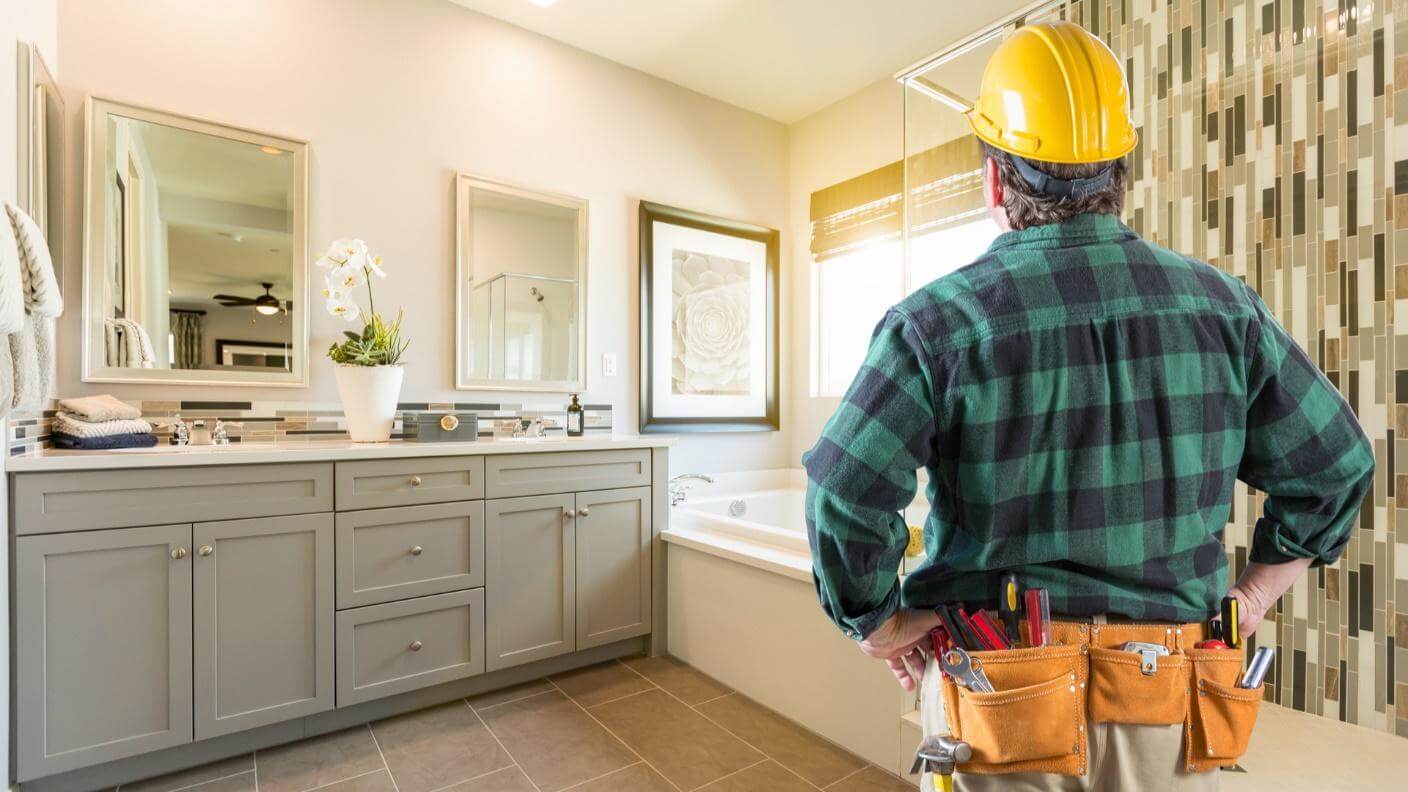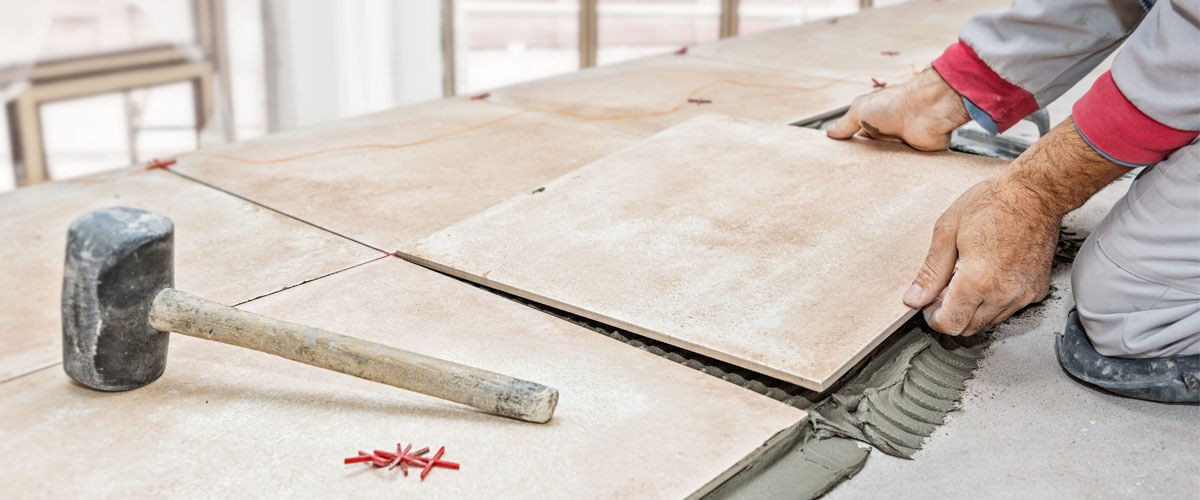6 Ways to Reduce Your Carbon Footprint When Remodeling Your Bathroom

Kitchen and bathroom are the two main rooms homeowners typically remodel to improve the value of their homes. However, when it comes to reducing carbon footprint and improving home efficiency, most homeowners give little thought to their bathrooms. Although bathroom remodeling as well as adding some basic appliances to the bathroom play a key role in making the home more welcoming and inspiring, the remodeling activities, as well as some of the bad habits people engage in, have an impact on the planet.
Thankfully, there are some green practices that you can embrace when remodeling your bathroom to reduce your carbon footprint and help in saving the planet – which we’re going to discuss in this post. The best part is: you may end up saving money and improving your home efficiency in the process. But before we proceed, let us discuss the meaning and effect of carbon footprint, and how bathroom remodeling and other daily activities can increase our carbon footprint.
What Is the Meaning and Effect of Carbon Footprint?
Carbon footprint is known as the total amount of carbon (iv) oxide (CO₂), methane, water vapor, and other greenhouse gases produced directly or indirectly by the activities of an individual, a set of people or country within a given time frame. The carbon footprint of an activity (i.e., the amount of carbon created by the activity) is a quick way to quantify the impact of such activity on global climate change, and this is calculated in the units of carbon (iv) oxide.
When you heat your home, drive a car, cook, etc., you are generating a certain amount of greenhouse gases such as CO₂ based on the amount of fuel you use and your driving distance. Even if you buy food, use water or heat your home with electricity, the production of the food, water, and the electrical power may have generated some amount of CO₂.
As more carbon is emitted and released into the atmosphere, the absorption and emission of the thermal radiation from the sun increases, which then increases average global temperatures and endangers human populations and the ecosystem around the world.
How Remodeling Your Bathroom Can Increase Your Carbon Footprint
From the outside, bathroom elements like the bathtub, toilet, sink as well as other bathroom appliances may seem like they play a major role in waste management, energy consumption, and home efficiency. In reality, these bathroom elements and appliances as well as some of the bad habits we engage in daily lead to greater unnecessary use of energy which is one of the largest contributors to the increased carbon footprint.
Apart from that, transporting building materials and appliances from the market to your home for your bathroom remodeling also contribute to the increased carbon footprint. Also, some bathroom components and building materials are not environmentally friendly and may even contain harmful chemicals. Using these materials in your bathroom redesign can increase your carbon footprint.
Bathroom renovation waste and cleanup can also increase your carbon footprint. Renovation, demolition and construction materials – like plastic, tiles, glass, metal, wood, brick, concrete and other products constitute a big problem when they’re not properly cleaned up, or when they are disposed of in a less eco-friendly manner.
6 Ways to Reduce Your Carbon Footprint When Remodeling Your Bathroom
- Use sustainable materials where possible
To reduce your carbon footprint when remodeling your bathroom, it is important to include some eco-friendly materials and components in your bathroom. Whether it’s low VOC paints (with little or no harmful chemicals), high-efficiency appliances, LED lighting, recycled countertops, or reclaimed wood for your bathroom walls or flooring, using eco-friendly materials for your redesign is a convenient and environmentally responsible choice. Using sustainable materials will not only help to lower your energy bills and carbon footprint; it will also help to cut down your bathroom remodeling cost and help you save money in the long run. - Use local materials where possible
Sourcing or using local materials for your bathroom redesign is a great way to minimize transportation since the materials can be found in your area or within your locality. This will help to reduce the environmental pollution caused by transporting the materials from the market or where they are manufactured to your home. You’ll not only be reducing your carbon footprint, but you’ll also be supporting a local business in the process. - Repair and Refinish the Damaged or Old Fixtures Instead of Replacing Them The primary purpose of remodeling your bathroom should be to make the old new. Check for any old or damaged fixtures, faucets, shower, sinks, bathtub, or leaking plumbing, and repair or refinish them. This will not only save you the cost of replacing them with brand new ones, but it will also save energy, time, landfills and reduce your carbon footprint since you won’t have to transport the newly purchased fixtures from the business to your home. Also, the surface restoration, refinishing and repairs will be carried out at your home and transporting the fixtures to the landfills may not be required. However, some plumbing fixtures are not repairable, so you’ll need to replace them with beautiful but functional ones to prevent leaks and reduce water waste that can result in major damage to your home.
- Use Natural Stone Countertops Natural stones such as quartz, granite, and marble are one of the eco-friendliest materials you can turn to for your bathroom counters to go green without sacrificing beauty for the sake of reducing your carbon footprint. Natural stone countertops are durable and do not require cleaning with harsh or harmful chemicals. They also add beauty and elegance to any home without emitting any harmful gases and can be recycled and reconditioned without adding harmful chemicals to the environment.
- Repurpose, Recycle, and Reuse What You Can, Sell or Donate What You Don’t Need Another way to reduce your carbon footprint is by practicing the environmental responsibility of recycling and reusing the components and elements you already own in your bathroom instead of buying newer ones. Rather than installing new items such as flooring, counters, sinks, and other bathroom fixtures and appliances, check whether you can recycle them or install them elsewhere in your home. If they cannot be reused, you can sell them or give them away rather than moving them to the landfills.
- Go Energy-efficient Improving your home efficiency is the way to go to save money, protect the environment and reduce your carbon footprint. One easy way to start is with energy efficient bathroom appliances, LED lighting, and tankless water heater.
A tankless water heater can help to improve your home energy efficiency up to 22% more than the standard ones by ensuring that the water is hot when you need it and not while you’re on vacation or at work. Another thing to consider is the low-flow shower systems and toilets. These will help to reduce your water wastage and monthly water bills. So, when remodeling your bathroom, be sure to check out energy-efficient fixtures and equipment as well as water efficient toilets, showers, and sinks.